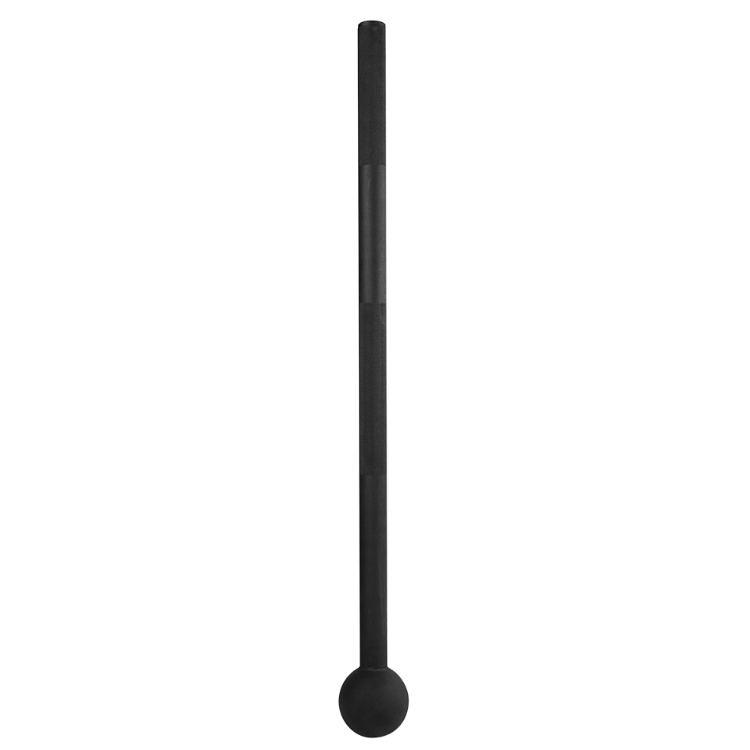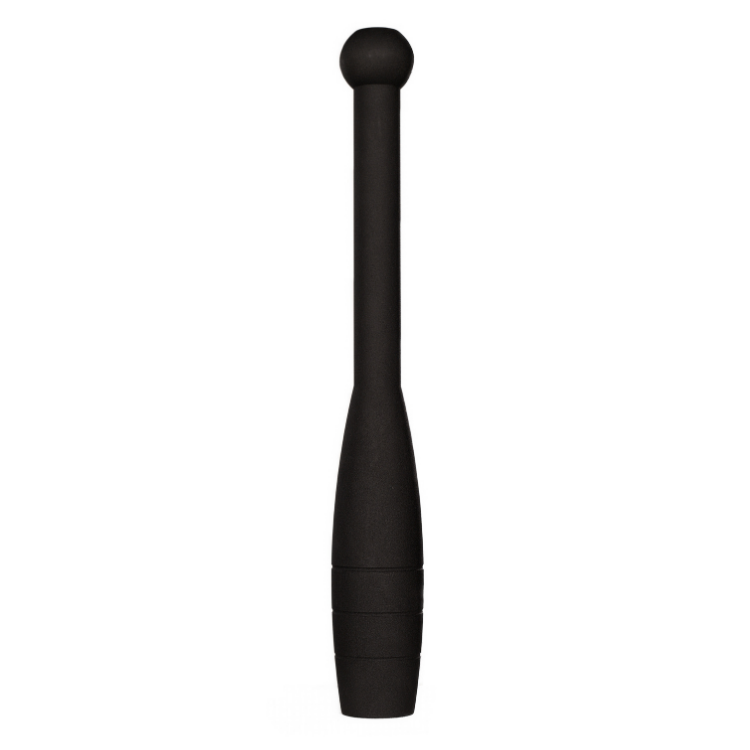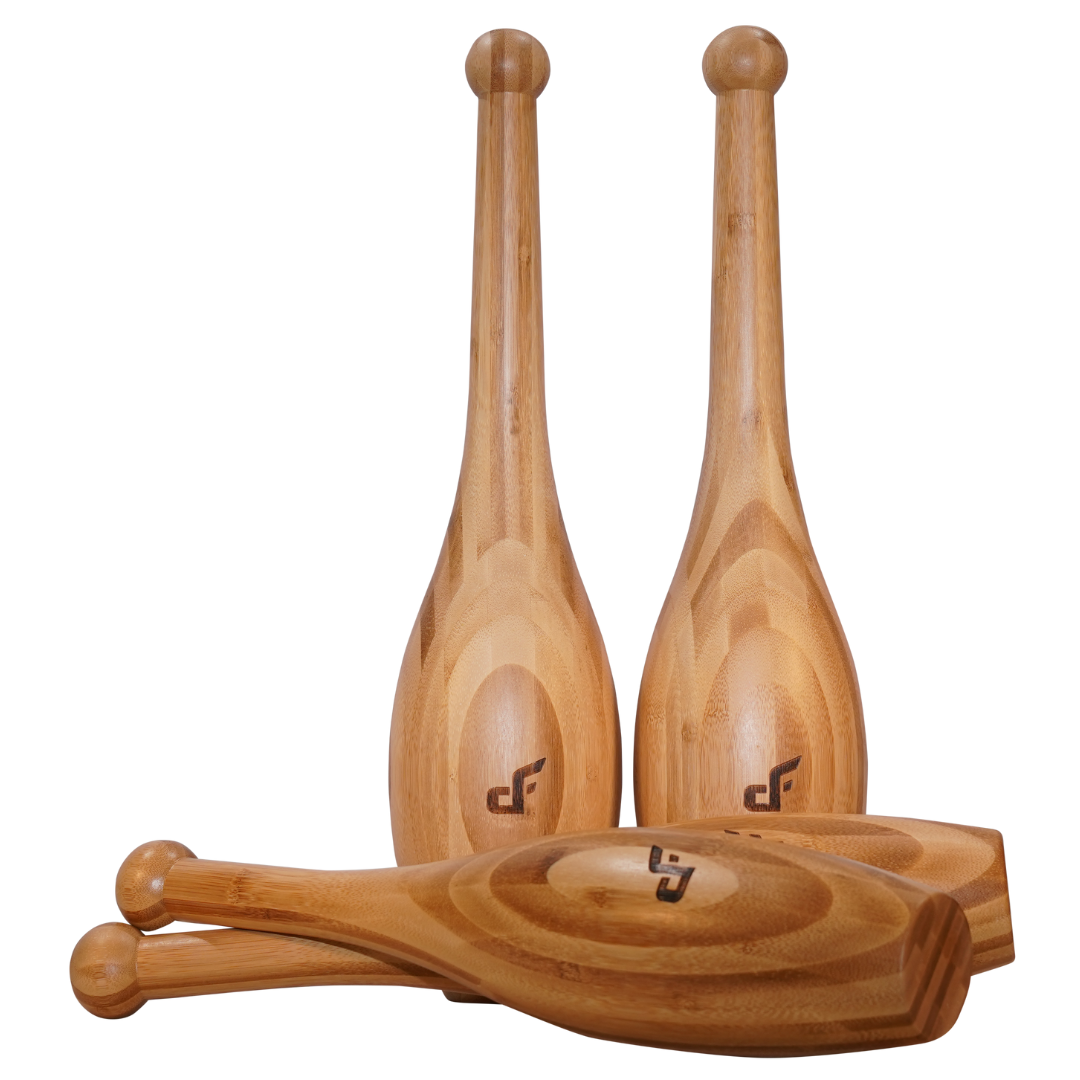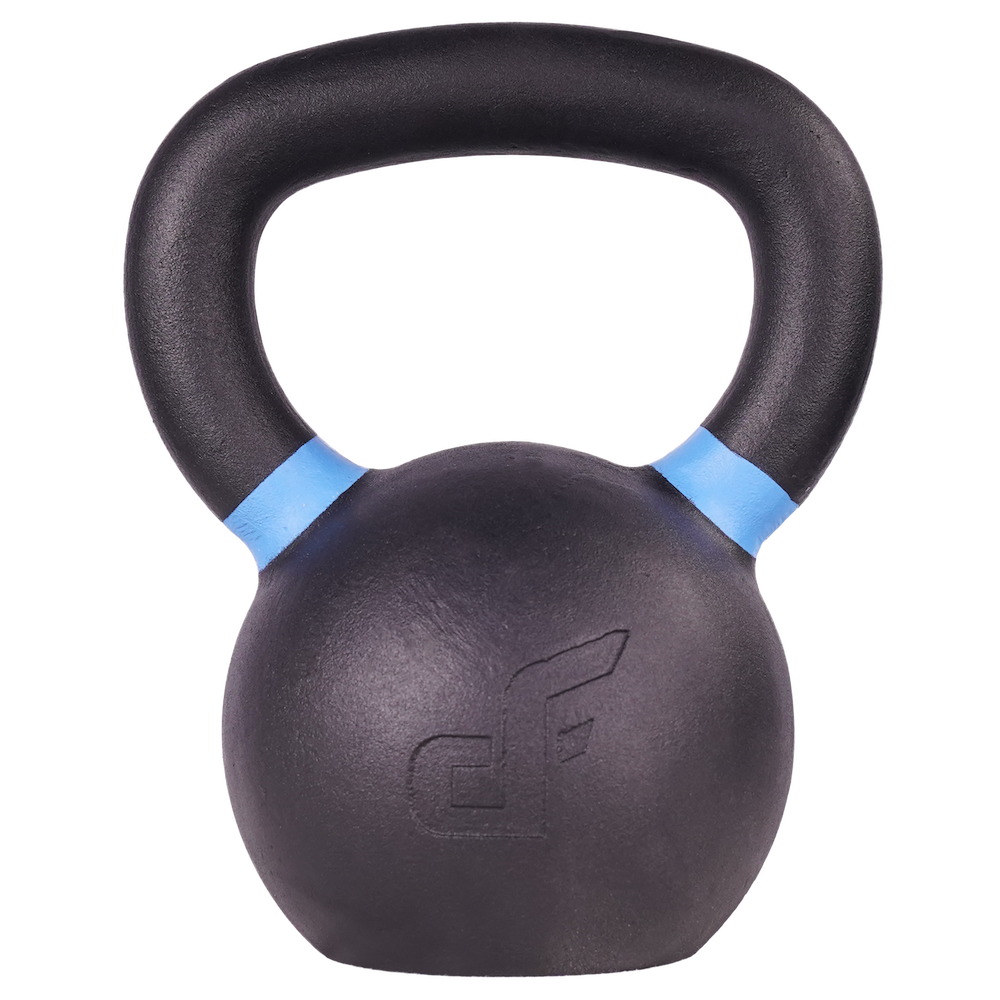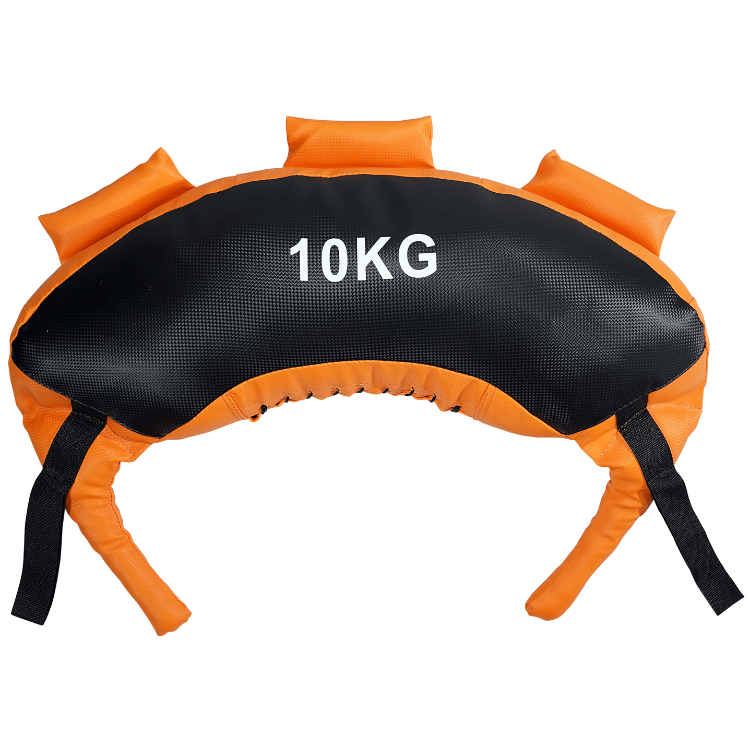Overview
With traditional Indian club training you would normally stand with your heals together and feet pointed 45 degrees out, this is called the military stance.
When swinging clubs in the military stance the whole body remains vertical without any rotation from the head, shoulders or hips.
This stance is more suited to upperbody light club swinging movements but not very effective for heavy club training. Training with heavy steel clubs will pull your body from side to side as you’re swing the club/s across and around the body, if your feet are too close together you’ll be pulled off balance.
Plus, when we move into steel clubbell flow workouts later in the course we’ll be moving from one exercise to the next in a logical sequential flow. If we’re moving from an upperbody to a lowerbody exercise we want our feet to be able to squat or lunge without having to change our foot position too much.
Therefore we’re going to use a more athletic stance with our feet hip width to shoulder width apart and our toes pointing forward.
When performing lateral swinging movements like Mills, placing your feet in a slightly wider stance with your feet shoulder width apart will help give you more stability, which is especially important when swinging heavier weights. Also, two handed swinging movements like the swing or two handed rock-it will require the feet to be shoulder width apart to ensure there is enough room for the steel club to swing between the legs.
However, when swinging the clubbell in the sagittal plane with the club/s on the outside of the legs with exercises such as swipes or double swings. Having your feet slightly closer together at hip width apart will ensure there is enough room to swing the club/s past the outside of the legs without hitting your legs during the back swing.
Teaching Points
- Stand with your feet shoulder width apart.
- Keep your chest proud and shoulders packed down.
- Ensure your spine is neutral with a straight line between your crown and coccyx.
Common Problems & Solutions
Error: Allowing the shoulder to slouch forward.
Correction: Keep your shoulder blades retracted and chest proud.
Error: Not keeping a vertical spine.
Correction: Ensure your head is directly above your spine and coccyx.

